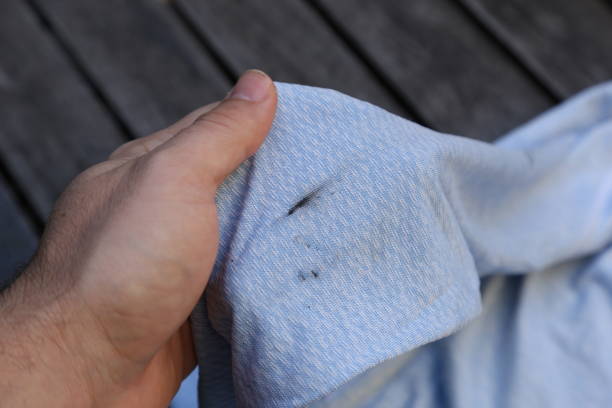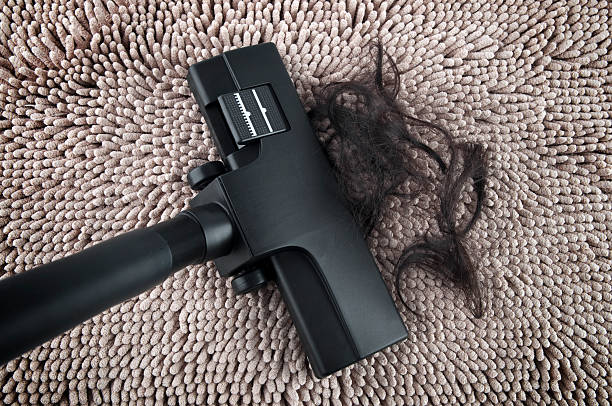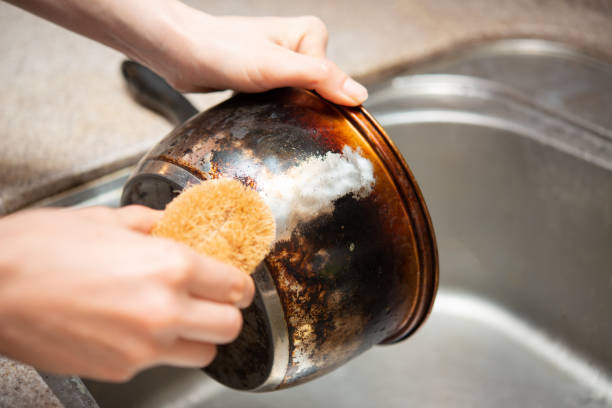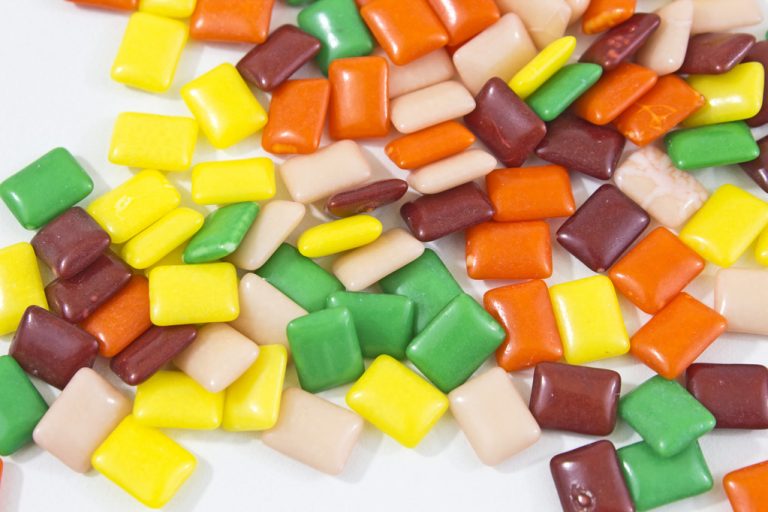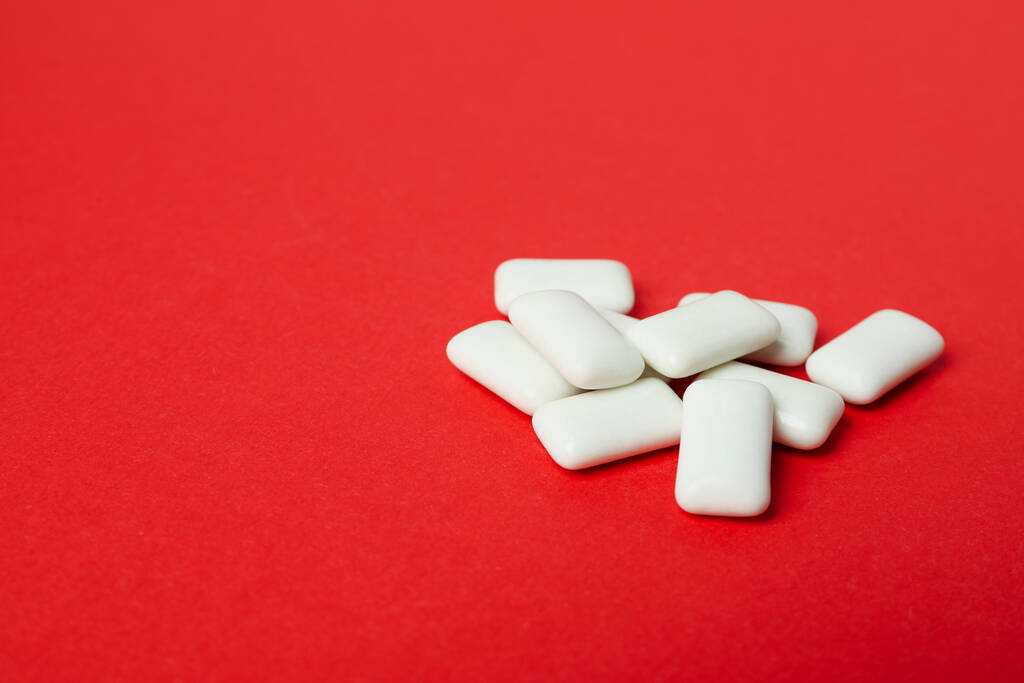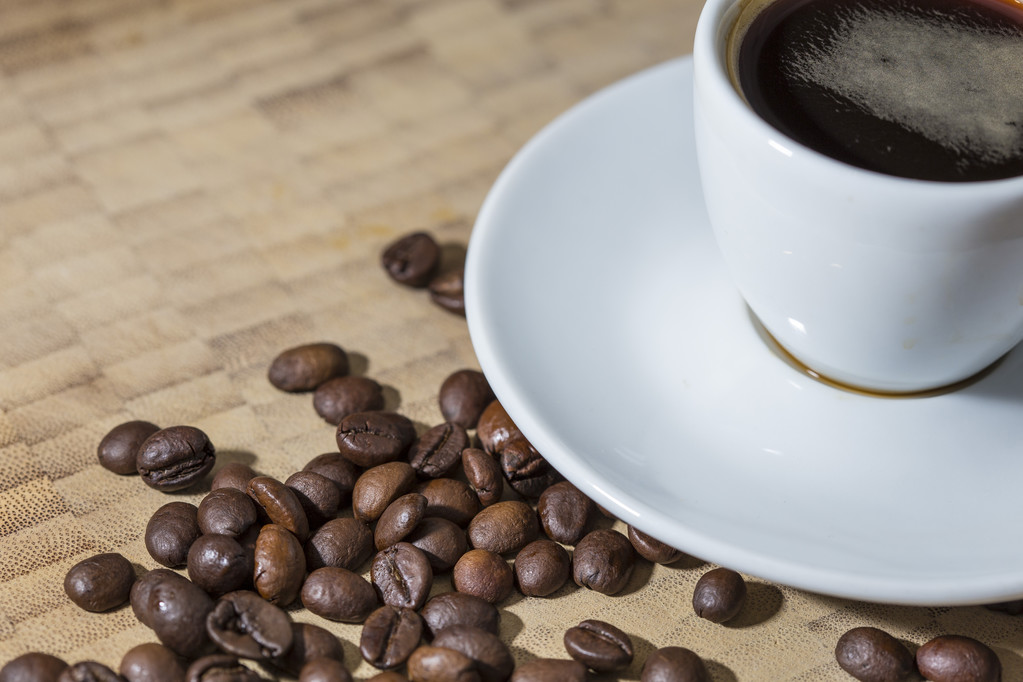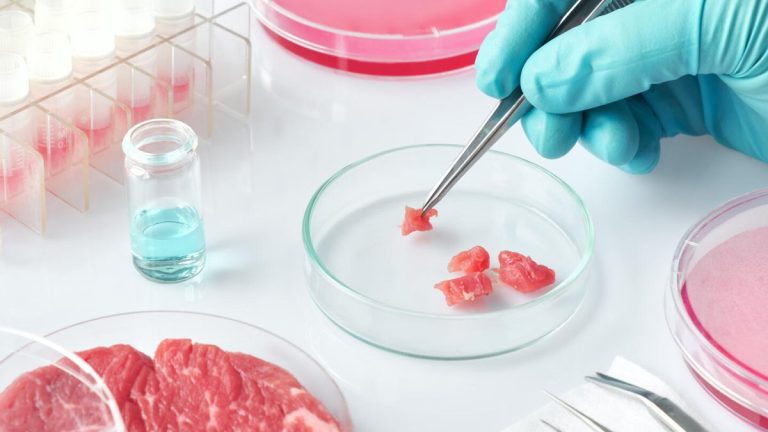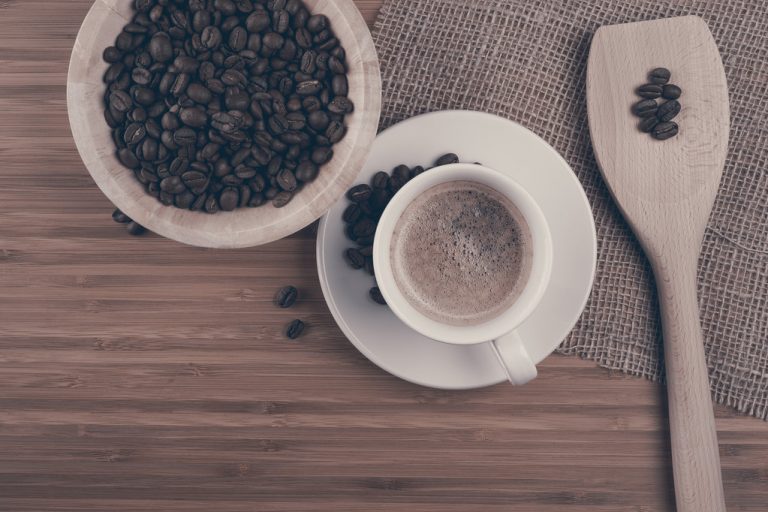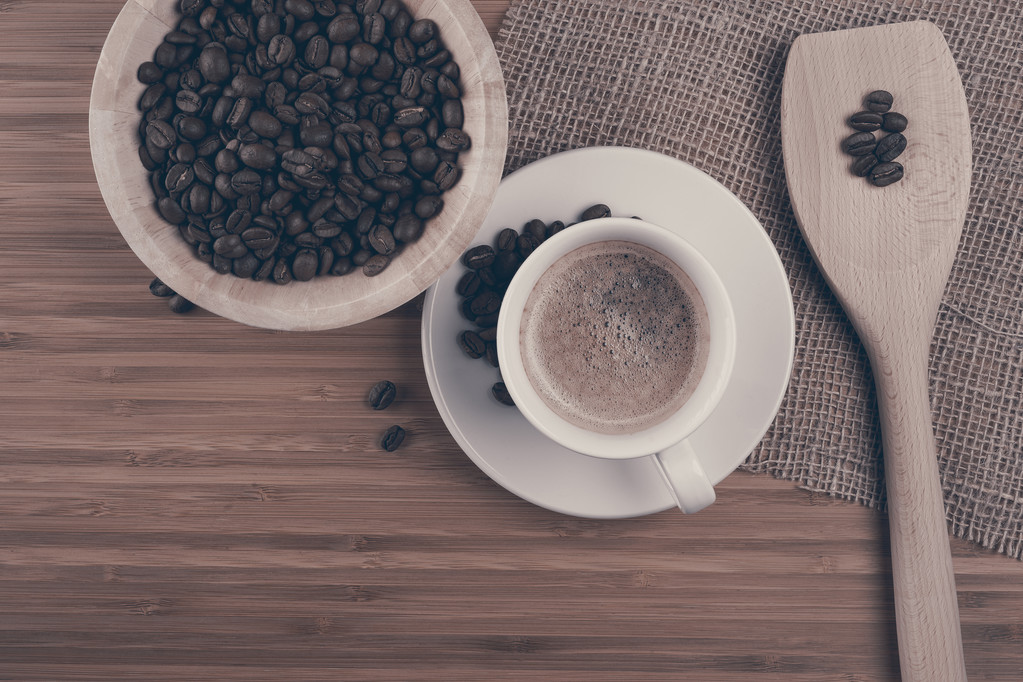Rust film on crockery and cutlery is unsightly, but there are effective home remedies for it. With these tips and tricks, you can remove rust from cutlery and crockery quickly and easily.
The dishwasher was loaded and switched on with difficulty. The expectation is of course that the cutlery comes out of the dishwasher no dirtier than before. Unfortunately, this expectation is often disappointed because rust film has accumulated on the cutlery, mainly the knives.
Existing rust stains can be removed with lemon juice or cleaning stones. Crumpled aluminum foil in the cutlery drawer can help in the future. Alternatively, you can also avoid putting some parts in the dishwasher in order to protect the rest of the dishes. Below you will find the best tips explained in detail.

Rust-free and yet full of rust?
It is strange when there are rust spots on the stainless steel cutlery. The cutlery itself is not rusted either but has the rust clinging to it that has arisen elsewhere. So it is not a false promise from the manufacturer if rust builds up on stainless cutlery.
The rust is not very stuck there but is loosened during the next wash cycle and then settles on other dishes as a so-called rust film. However, cutlery or similar items of inferior quality can also bear the lettering rust-free but are actually only rust-free.
Lemon juice or a cleaning stone against rusty cutlery
Flash rust can be easily removed with fresh lemon juice or lemon juice concentrate. Simply drizzle the juice onto the rusty area and wipe it off. Now the cutlery shines like new again! Commercially available cleaning stones also help to tackle the rust. First, rub the cleaning stone with a damp sponge and then the affected area. This is how you removed the rust from the dishes. Also, note how you can remove tar stains from dishes.
Removing rust from steel cutlery
Rust on steel cutlery is annoying. But the cutlery quickly becomes shiny again if you dust it with scouring powder and then rub it with an old cork, for example from a wine bottle. Then you should simply rinse with clear water.
To prevent this: put crumpled aluminum foil in the cutlery basket
Of course, it is very tedious to check each piece of cutlery individually for rust after washing it and then removing it. Alternatively, crumpled balls of aluminum foil can be placed in the cutlery tray. These absorb the rust film and therefore protect your crockery and cutlery from new rust growth.
Instead of aluminum foil: professional anti-rust agents
If you don’t like the aluminum foil beads in the dishwasher or they fly back and forth during the stronger rinse cycle, a professional helper like the “rust deterrent” can be a solution for you. It has the same properties as aluminum foil and is easy to put in the cutlery basket as a handy stick.
On the trail of rust – that’s how it doesn’t occur in the first place

If you want to get to the bottom of the rust on the cutlery, you have to look for the rusting culprit. Is the cutlery basket still intact? Sometimes the plastic covering has come off over the years.
Often the reason for rust is inside the dishwasher
But often it is parts that you put in the dishwasher yourself. This can include grandma’s good old potato peeler, or a baking sheet that is no longer stainless and was of poor quality. With those pieces removed and you also have aluminum foil or a “rust stretch” stick in the dishwasher, cleaning annoying rust off dishes should be a thing of the past. And if it should happen again, you now know what you can do about it.
Did you get a rust stain on your clothes while cleaning? You can easily get that under control with the tips on our website. We have also collected the right home remedies for you, with which you can loosen rust from the grill and remove it from the baking tray and pan.

